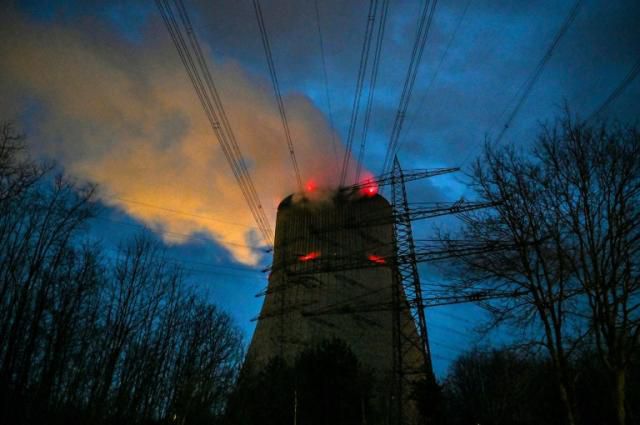Germany is preparing to abandon nuclear energy, but this source of electricity generation has followers in other countries, with the arguments of its climate bill (zero emissions of carbon) and its low cost once the initial investment has been made. This is a brief overview of atomic power around the world.
slowdown after Fukushima
Nuclear energy currently represents the 10% of world electricity and is produced in 32 countries, according to the International Energy Agency (IEA).
The atom came to a sudden stop after the earthquake in Japan in 2011, followed by a tsunami, which caused the disaster at the Fukushima power plant.
Germany and Switzerland then announced the phasing out of that energy and China reduced its huge plant construction program.
The number of reactors in operation worldwide increased from 441 in 2002 to 422 by the end of 2022, according to the International Atomic Energy Agency (IAEA).
Total nuclear production reached its all-time high in 2021, but the reactor park is aging and its renewal is slowing down.
In 2022 only ten projects were announced, half of them in China. In 1976 there had been 44.
historical champions
The United States remains the leading civilian nuclear power, with 92 reactors. Its average age of activity is 42 years and it only has 2 under construction.
France has 56 reactors, with an average age of activity of 37 years. It is the country with the most energy of nuclear origin per inhabitant in the world.
Until last year, France planned to gradually reduce its reliance on the atom, but President Emmanuel Macron reversed course and announced the construction of at least six reactors. The first should start working between 2035 and 2037.
Great Britain, another pioneer of this energy, has nine reactors in operation, the majority in final cycle.
By 2050 it plans to build eight, but the costs of the only reactor that has already started work, Hinkley Point C, have risen stratospherically.
China and Russia, great builders
The two most active countries currently on the nuclear front are China, for its domestic market, and Russia, which has specialized in building plants abroad.
Of the 25 reactors whose construction began in the last three years, those that are not located in China are in charge of a Russian firm, according to the independent World Nuclear Industry Status Report (WNISR).
China has 57 units and uses Russian, French, American or Canadian technology interchangeably.
Russia is building five reactors on its soil and 20 in a wide variety of countries: Bangladesh, Belarus, China, Egypt, India, Iran, Slovakia and Turkey.
“The novelty is the entry of countries that until now did not have nuclear energy: Bangladesh, Egypt…”explains Mycle Schneider, lead author of the WNISR, pointing to what looks like a Russian strategy to “create long-term interdependencies”.
statements of intent
The energy crisis caused by the war in Ukraine has led many countries to announce the reactivation of nuclear energy development programs, although for the moment these are only declarations of intent.
Belgium announced in 2003 that it was giving up the reactors, but is now willing to extend its operation for another ten years. Japan says it is reflecting, but public opinion is reticent.
For Poland, the Czech Republic or India, the urgency is to eliminate their dependence on coal. Sweden and the Netherlands have also expressed interest in this energy source. New Zealand, on the other hand, has reaffirmed its rejection of the atom.
The IAEA calculated in 2022 that the installed capacity of nuclear energy will double from now to 2050.
Source: AFP
Source: Gestion
Ricardo is a renowned author and journalist, known for his exceptional writing on top-news stories. He currently works as a writer at the 247 News Agency, where he is known for his ability to deliver breaking news and insightful analysis on the most pressing issues of the day.











